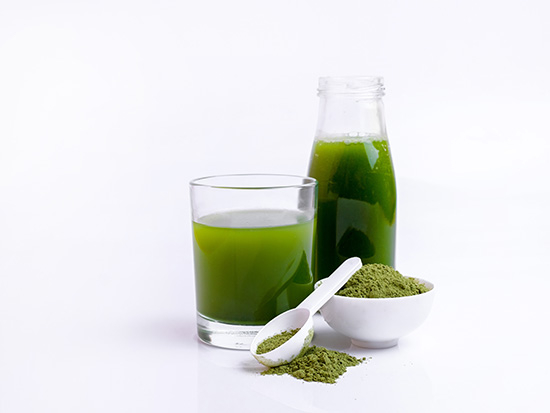 Barbara Gower, PhD, Chair
Barbara Gower, PhD, Chair
At the undergraduate level, we have a B.S. in Biobehavioral Nutrition and Wellness that delves into the relationships among human health, mindfulness, nutrition, and medicine. We offer an M.S. in Nutrition Sciences with five tracks covering all angles from clinical to research. And at the doctoral level, we provide training and research experiences in basic and translational nutrition science.
We are proud to have two major NIH-funded research centers – the Nutrition Obesity Research Center and the Diabetes Research Center – plus the UAB Precision Nutrition Clinical Center, one of six clinical centers funded by the NIH Common Fund’s Nutrition for Precision Health, powered by the All of Us Research Program and three NIH-funded T32 training grants – within our department. With a mixture of in-classroom and online courses, our undergraduate, master’s, and PhD programs are training the next generation of nutrition researchers, educators, dietitians, and practitioners.
Finally, we recently posted our 2023 Chair's Report, which reveals details about construction of our new metabolic kitchen, introduces you to a student who went from Saudi Arabia to Syria, then back to Saudi Arabia, and then on to Jordan, and highlights the accomplishments of the faculty, staff, alumni and students who make this the best department at UAB. Happy reading!






